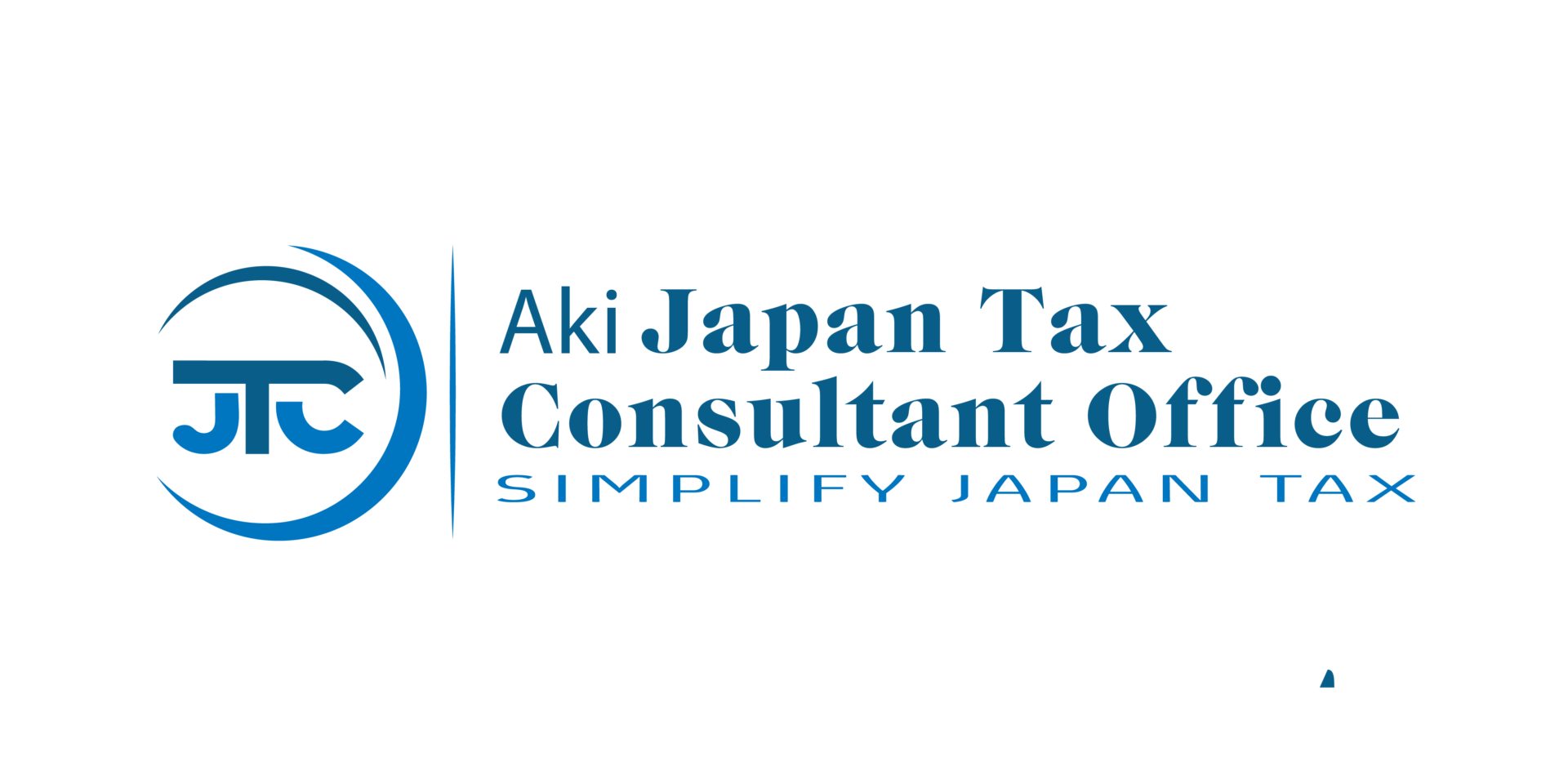Introduction: Navigating the Intricacies of Japan’s Resident Tax
Greetings, readers! Today, we’re delving into a crucial topic for those living and working in Japan: the Resident Tax, also known as 住民税. We recently received an insightful query from one of our readers, which we believe will resonate with many of you:
Question: “I recently celebrated my first work anniversary in Japan. I understand that I now become eligible for the resident tax. How is it calculated, and when should I expect my first payment?”*
Let’s break this down and provide some clarity.
The Essence of Resident Tax
The Resident Tax is a local tax, channeling funds to the prefecture and municipality where one resides. These funds are pivotal for various local services, ranging from child care and social welfare to road maintenance and garbage collection.
This tax bifurcates into two segments: the Prefectural Tax and the Municipal Tax. Together, they ensure that the prefecture and municipality have the necessary resources to fulfill their responsibilities.
Demystifying the Resident Tax
Taxation Period
Contrary to popular belief, the Resident Tax doesn’t commence in April but in June. So, if your April payslip doesn’t reflect any Resident tax, there’s no cause for alarm. The taxation cycle spans from June to May of the subsequent year.
April’s Zero Deduction
The Resident Tax’s computation kicks off in January, coinciding with the determination of the income tax. This timeline explains the absence of the Resident tax on April payslips.
Tax Calculation
The process begins by verifying your residency, which hinges on whether you had an address or office in the area as of January 1st. Subsequently, the year-end adjustment’s outcome is relayed to the municipality. The tax is then computed based on your taxable income. Typically, the Resident Tax amounts to 10% of this income, with 6% allocated for the Municipal Tax and 4% for the Prefectural Tax. An additional per capita portion, “均等割(Kin Tou Wari),” is also incorporated into the total Resident Tax.
Payment Modalities
The municipality amalgamates both the Municipal and Prefectural Tax for ease of payment. You can either pay this tax directly or have your employer manage it. You’ll receive a tax payment notification if you opt for direct payment. Payments can be made monthly or in a lump sum. Payment delays attract penalties, prompting many to settle their dues promptly.
Conclusion: Navigating the Resident Tax Landscape
While seemingly intricate, the Resident Tax plays a pivotal role in sustaining local services in Japan. By understanding its nuances, you can ensure timely and accurate payments, contributing to the collective welfare of your community.
Thank you for joining us on this exploration. We hope this article has shed light on the Resident Tax in Japan. Stay informed and stay prepared!




